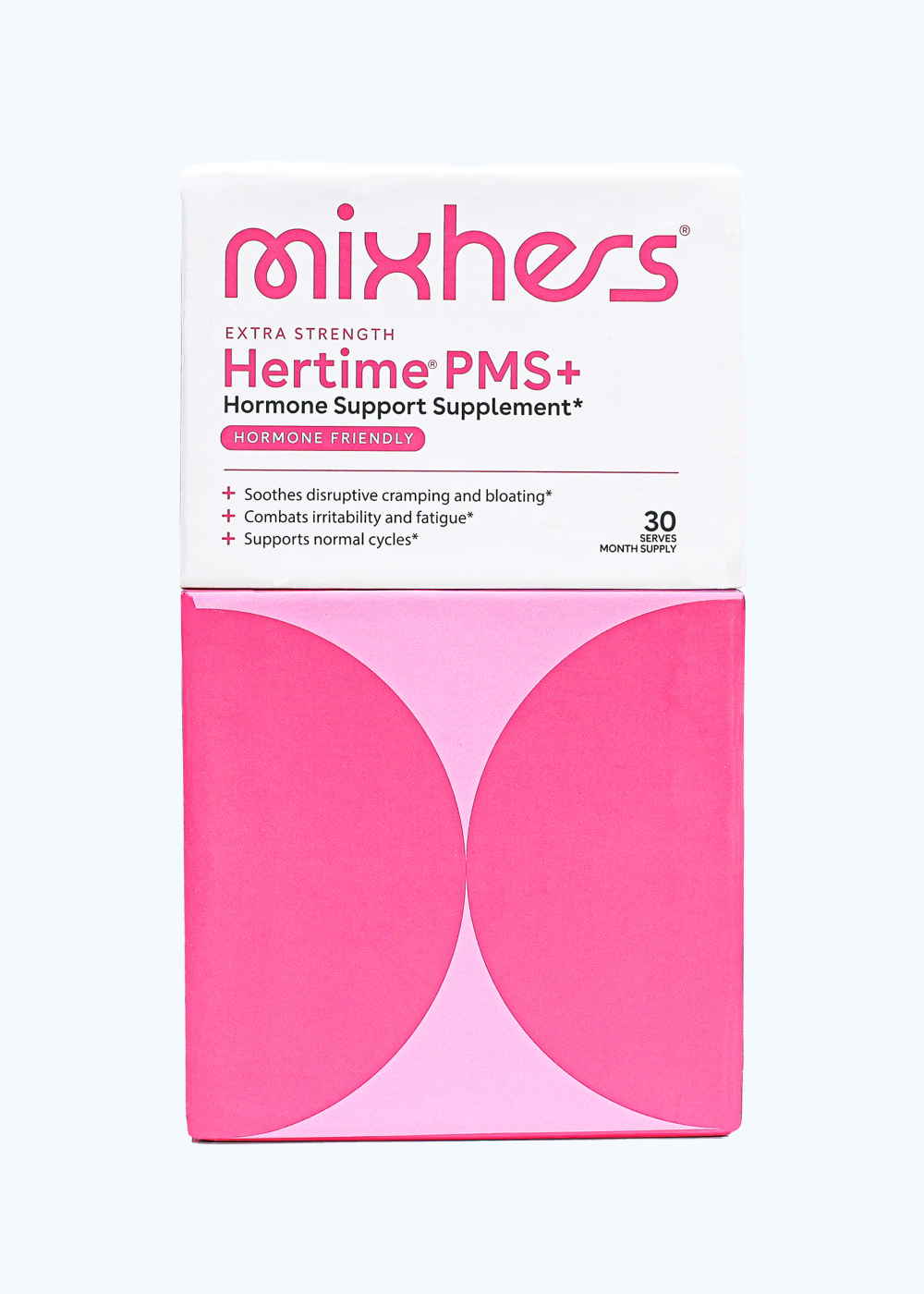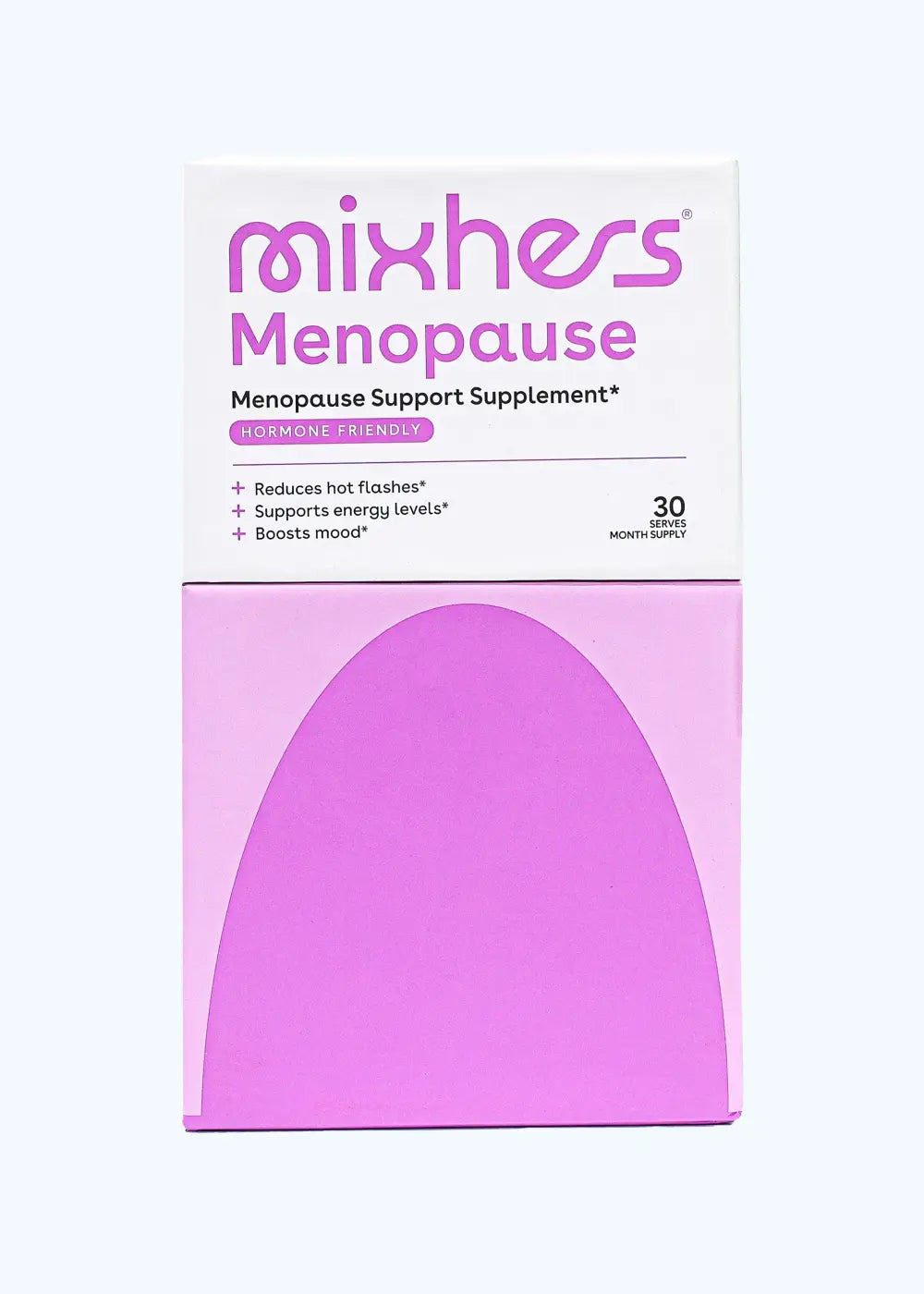Your menstrual cycle is much more than just getting your period every month. Every 28 days or so, your body moves through specific and interestingly complicated processes in order to make a home for a healthy baby in case of pregnancy. If there is no baby, it also cleans the house by removing all the preparation it did through menstruation. Only to start afresh during your new menstrual cycle.
Each woman’s menstrual cycle might be slightly different, with longer and shorter phases, but we generally all move through the same phases each month.
What happens during the luteal phase of your menstrual cycle?
Your menstrual cycle has four phases: the menstrual phase, follicular phase, ovulation, and luteal phase.
Day 1 of your period or menstruation is also the first day of your menstrual cycle and your menstrual phase. Your menstrual phase is the time when you have your menstruation or period. The menstrual cycle refers to the entire 28-day (or so) process that your body works through in preparation to potentially have a baby.
During the follicular phase, your hypothalamus stimulates your pituitary gland to produce follicle stimulating hormone (FSH). FSH causes follicles to develop on one of your ovaries. These follicles contain immature eggs in a fluid-filled sack. The strongest of these follicles grows and develops and eventually releases a mature egg during the ovulation phase.
Only once the egg in the dominant follicle is mature will your body release estradiol from specialized cells (called granulosa cells) inside the dominant follicle. This stimulates your anterior pituitary to release luteinizing hormone (LH). The luteinizing hormone sets a series of processes in motion, causing the follicle to burst and release the egg. This ends the follicular phase, and you enter your ovulation phase.
Once the egg is released, or ovulation has occurred, the follicle still stays attached to your ovary. At this point, it changes into a structure called the corpus luteum. This happens during the luteal phase (see what they did there?). The luteal phase of your menstrual cycle is the stage between ovulation (when your body releases an egg) and your next menstrual cycle – or, as most of us know it, your period.
Hormones that are produced during the luteal phase
The corpus luteum is responsible for releasing sex hormones like estrogen and progesterone into your system. The luteal phase and these two hormones prepare your body for a potential pregnancy.
The progesterone that is released causes the lining of your uterus (called your endometrium) to thicken. This happens so that your uterus can safely host a fertilized egg if you were to become pregnant. At the same time, the corpus luteum assures endometrial receptivity (making it welcoming to a fertilized egg) special spiral arteries develop in your uterine lining. These arteries supply blood, oxygen, and nutrients to the developing embryo – if there is a pregnancy.
When you fall pregnant, your body starts to produce a hormone called human gonadotropin (hCG). Human gonadotropin keeps the corpus luteum alive. The purpose of this is so that the corpus luteum can continue progesterone production into the 10th week of your pregnancy. At this point, the placenta starts producing progesterone instead.
If you don’t get pregnant, the corpus luteum dies off, your progesterone levels drop, and your endometrium starts to shed. In other words, you get your period.
What is the average length of the luteal phase?
The luteal phase starts right after ovulation and usually lasts between 12 and 14 days. Some women’s luteal phase length could be as short as 8 days or as long as 17 days. Your luteal phase will be roughly the same length each month, even if you have a shorter or longer than average luteal phase. It should stay roughly the same length throughout your life, although progesterone levels could decrease slightly as you approach menopause.
Luteal phases that are shorter than average could cause fertility problems or lead to recurrent miscarriages. Recurrent miscarriages are defined as having two or more pregnancy losses after each other. A short luteal phase is identified when it is less than 10 days. That means if your period starts within 10 days of ovulating.
Because your uterine lining develops and prepares to host a fertilized egg during your luteal phase, having a short luteal phase doesn’t give your uterus enough time to adequately prepare. A short luteal phase could make it more difficult to conceive. It is also believed to be a contributing factor to infertility, although the role that it plays in infertility is still a controversial matter.
While shorter luteal phases are evident in women who are facing fertility issues, not all women who have shorter luteal phases experience fertility (or infertility) problems. You can have a shorter luteal phase with no issues at all.
In some cases, having a shorter than average luteal phase caused by low progesterone levels is sometimes referred to as having a luteal defect, or luteal phase defect. If you have a luteal phase defect, you might also experience irregular ovulation (or not ovulate at all), short menstrual cycles, and repeated miscarriages in the early stages of your pregnancies. You could also see spotting during abnormal times of your cycle.
Luteal phase defects can be diagnosed through charting your basal body temperature, having an endometrial biopsy done, and testing your progesterone levels.
There are a number of treatment options available for women who might be suffering from a luteal phase defect. These include hormone treatments like progesterone supplementation and fertility treatments and addressing potential underlying conditions.
A luteal phase that is suddenly longer than average could be an indication that you are pregnant. It could also be an indication of polycystic ovary syndrome (PCOS).
Symptoms that you may experience during the luteal phase
The hormones that are produced during the luteal phase could cause a variety of symptoms to arise. They are the reason why you get all those fun things that we associate with premenstrual syndrome – the dreaded PMS. PMS symptoms could include mood changes (yes, it is your hormones!), headaches, acne, bloating, and tender or sore breasts. A few days later, your menstruation starts. The progesterone that is secreted after ovulation, during the luteal phase also causes your basal body temperature to rise.
Ironically, the symptoms caused by these hormones are similar to the symptoms that you might experience during early pregnancy. This is because your body secretes higher levels of progesterone during the luteal phase of your cycle – whether you are pregnant or not. Remember, this is the time in your cycle where your body is preparing to receive and implant a fertilized egg that was released during ovulation. Your body does this each and every cycle on the off chance that your womb might need to house a growing fetus. It is giving you support to have a healthy pregnancy.
If you aren’t pregnant, these symptoms will disappear at around 10 days after ovulation as your body lowers the amount of progesterone secretion that occurs. No baby means no need for that cushy uterine wall, and thus less progesterone is needed. On the other hand, if you were to fall pregnant, your body will continue to produce progesterone to keep your endometrium strong and healthy, and your symptoms (including a higher basal body temperature) will persist. This hormone is all about building a safe environment to help your baby grow and increase your chances of having a healthy pregnancy.
The luteal phase brings with it all those yucky PMS symptoms. It also is a crucial phase in your menstrual cycle where your body prepares for pregnancy. This phase starts just after ovulation and lasts until your menstrual bleeding starts.












